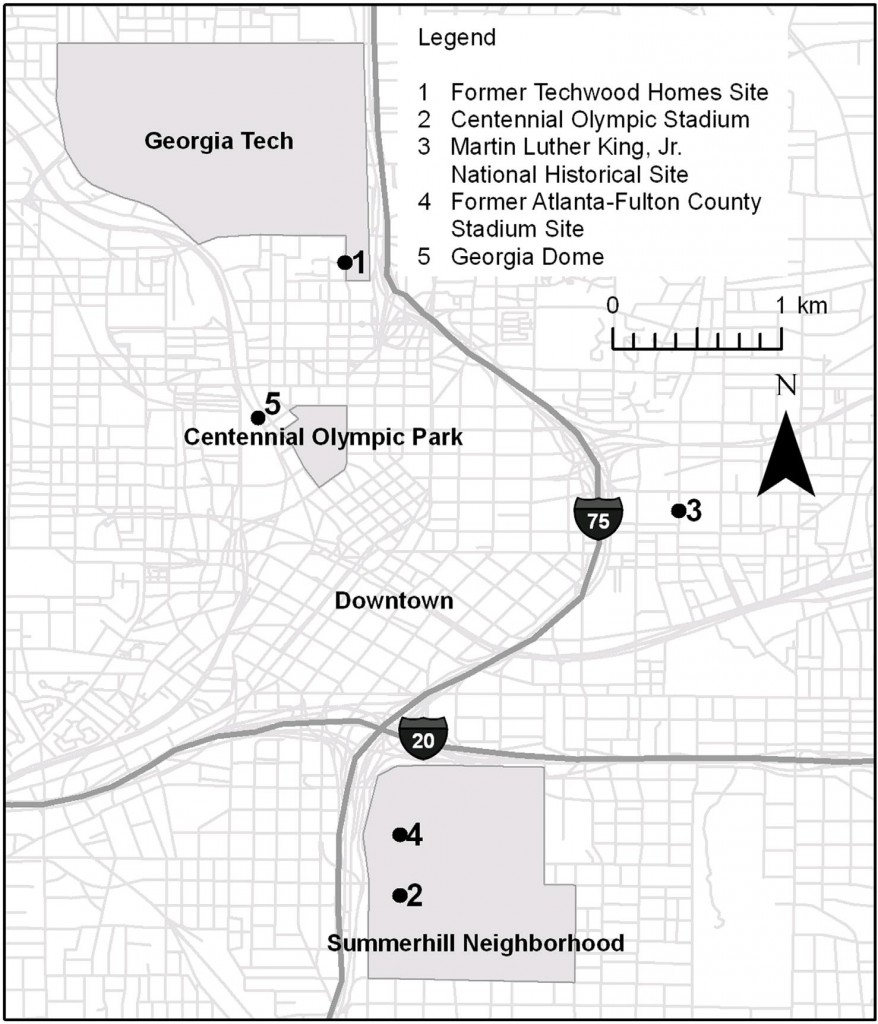Gibbs Knotts, H., and Moshe Haspel. “The Impact Of Gentrification On Voter Turnout.” Social Science Quarterly (Wiley-Blackwell) 87.1 (2006): 110-121. Professional Development Collection. Web. 25 Mar. 2016.
The goal of this article is to discuss the impact on gentrification on voter turnout in Atlanta neighborhoods. The authors generally want to test the theorgia of mobilization and destabilization. Mobilization is the process of citizens coming together to understand their issues and working together find solutions. Destabilization is the constant change in leadership while problems become more varied and harder to solve as a whole. Using the census data from 1990 and 2000, they accumulate their voter turnout model. In conclusion, the find that gentrification decrease turnout among longstanding residents. The authors suggest that policymakers should focus on ways to decrease the negative consequence of gentrification.
The article will be helpful in my research because it will give a political view on gentrification and its effect on the African American neighborhood. The model used for the voter turnout may not be completely helpful for today but based on when it was published, it was the best information available at that time.
